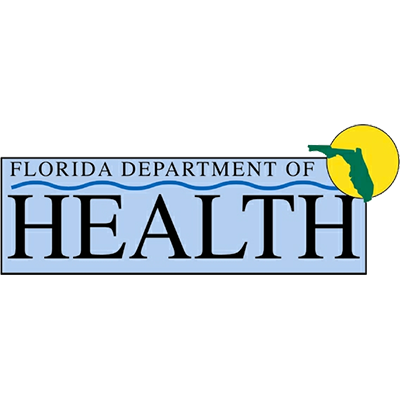In the United States there are vast numbers of people suffering and sometimes dying from substance use disorder, often from Opioids, Alcohol, and Methamphetamine. That is the three-headed monster of addiction in our country. Some people refer to just the opioid crisis, but when I take a larger view of the many problems we face, I see those three drugs accounting for more misery than any other substances by far. All three substances are way beyond any hope of containment, which is just one reason that the ongoing war on drugs will continue to claim more victims without ever showing any positive results. Alcohol is readily available anywhere for purchase. Opioids and methamphetamine are now manufactured cheaply and effectively in too many places to count. Furthermore, basic chemistry has allowed manufacturers to create potent opioids and amphetamines, which can then flood the streets of our urban, suburban, and rural communities, causing more overdoses and steadily increasing the numbers of people with severe substance use disorder. People who work with patients will tell you that the psychological addiction to all three of these drug classes is too severe for most people to defeat in a 28 day stay in rehab, and those same people would also tell you that most insurance does not cover the length of time that is needed for most patients to get a good start on the road to sobriety. With this entire crisis seemingly overwhelming our health care systems, justice systems, and communities, there are therapies that show promise and must be expanded.
Opioid Agonist Therapies
There are many important points that I mentioned above that I will not get into today, but I do want to get into some of the things we need to do more of, just to start to get a handle on these issues. One of the things that we must get better at and do more of is called opioid agonist therapies (OAT). OAT is one name for methadone and suboxone treatment, and it is only for those people who suffer from opioid use disorder, but as I stated above, there will be various therapies and treatments that must expand in order to begin to help everyone who Is struggling with drugs and alcohol. The best drug and alcohol rehab in Florida is Florida Springs Wellness and Recovery Center in Panama City, and they offer OAT as well as residential treatment and detox, all of which have become vital for patients with substance abuse problems.
One piece of research that I am using to discuss the expansion of OAT comes from a group of Canadian researchers published by the Society for the Study of Addiction. These researchers discussed using lessons learned in the fight against HIV and AIDS to inform the decision making in battling the opioid crisis. One interesting statistic they cited was the following, “In the United States, recent estimates suggest a gap between treatment need and capacity of 1.4 and 1.3 million in 2012, respectively.” That shortage of OAT capacity of 1.4 million was measured in 2012. While I cannot speak to the methods that the original study used to get to that 1.4 million figure, I can say that fentanyl and its precursors were not nearly as large a problem in 2012 and these numbers will likely have ballooned by 2021. We also have talked on this blog about Covid-19 and the growing overdose numbers in the last year and a half.
Outreach Through Social Media
The first lesson from HIV/AIDS treatment mentioned in the paper is that in 2017 it was discovered that social media campaigns were successful in increasing uptake of important HIV/AIDS treatment. They go on to state that the most effective of these campaigns were “participatory” in nature, involving outreach where members of the public would provide feedback or participate in some similar way. The researchers touch on the stigmatization that exists around substance use disorder and compare that to similar stigmatization around HIV. The main reason that I thought HIV/AIDS was an interesting test case for substance use disorder outreach initiatives was the fact that both diseases face major stigmatization. Part of any social media campaign to increase methadone and suboxone therapy uptake, which is what OAT consists of, should include information about the numbers of people with substance use disorder and information on the misconceptions that people have about addiction and people who have addiction issues. I know that stigmatization plays a role at all levels of treatment, including at Florida Springs, which is one of the best drug and alcohol rehabs in Florida. Our clinicians and therapy professionals see both family members and patients who have stigmatization about their own disease or the disease of a loved one, and education and outreach is the obvious remedy to that type of thing. As always, if you or a family member needs help with substance abuse, call the number at the top of the page to reach the best drug and alcohol treatment available anywhere. I will continue to revisit this topic, as the size of this problem is unfortunately continuing to grow.
By T.A. Cannon (Contact me at TACannonWriting@gmail.com)
References
Klimas J, Wood E, McCracken R. Commentary on Jin et al. (2020): Expanding the impact of opioid agonist therapy for opioid use disorder-are there lessons from the HIV/AIDS response? Addiction. 2021 Feb;116(2):429-430. doi: 10.1111/add.15286. Epub 2020 Nov 16. PMID: 33037840.



